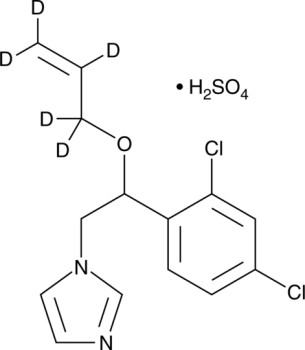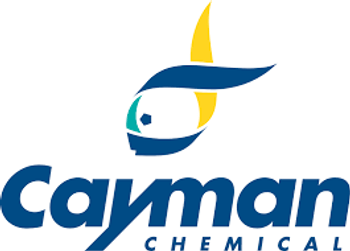Description
Ezeprogind (sulfate)
Technical Information
Shipping & Storage Information
Product Description
Ezeprogind is an inhibitor of amyloid precursor protein (APP) proteolysis.1 It reduces the proteolysis of full-length APP to Aβ1-38 (IC50 = 5 µM) and Aβ1-40 (IC50 = 2 µM) in SH-SY5Y cells expressing APP. Ezeprogind induces APP intracellular domain (AICD) expression at a doubling (C2) value of 0.8 µM without inducing cytotoxicity in wildtype SH-SY5Y cells at a 50% cytotoxic concentration (CC50) value of 30 µM. It inhibits cell death, dendritic network degradation, and loss of synapse integrity induced by Aβ1-42 in primary rat cortical neurons when used at concentrations of 10, 50, and 100 nM.2 Ezeprogind (10, 50, and 100 nM) decreases Aβ1-42-induced Il-β and Il-6 secretion from, and the activation levels of, microglia in primary rat cortical neurons. It prevents and reverses the decline in spatial alternation retention in the Y-maze special alternation task in the SAMP8 mouse model of rapid aging and dementia when administered at a dose of 3 mg/kg per day in drinking water for eight months and at the same dose for six and four months, respectively. It decreases the number of hippocampal activated microglia in SAMP8 mice treated for eight and six months but not four months. Ezeprogind also reduces the proliferation of chloroquine-resistant P. falciparum (IC50 = 40.6 nM).3
WARNING This product is not for human or veterinary use.





